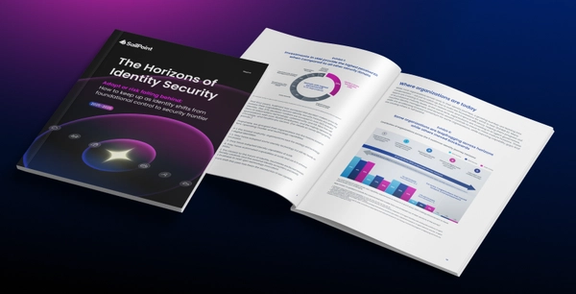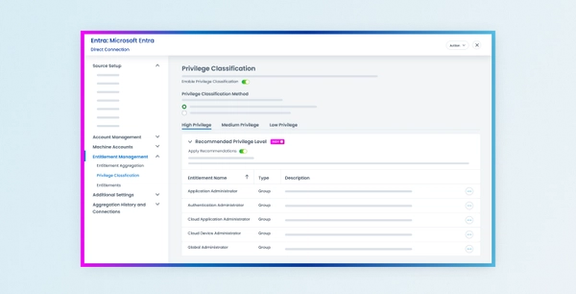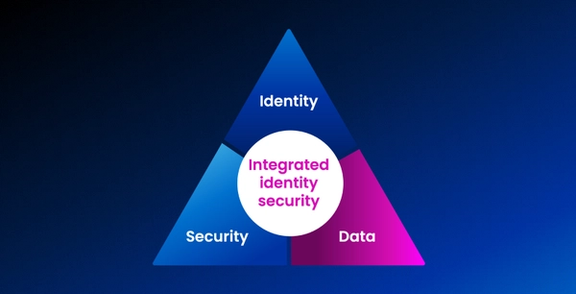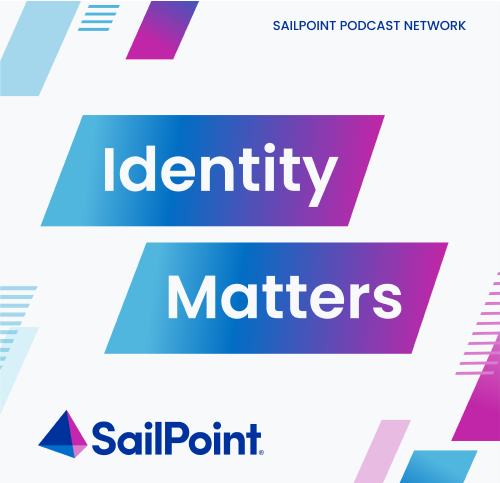
Sep 15
The application sprawl crisis: Why 95% of your apps remain ungoverned
Most enterprises govern fewer than 5% of their applications, creating massive security and compliance gaps. Learn...Most enterprises govern fewer than 5% of their applications, creating massive security and compliance gaps. Learn why application sprawl is a crisis—and how SailPoint helps you regain control with visibility, compliance, and scalable governance.
Read blog




